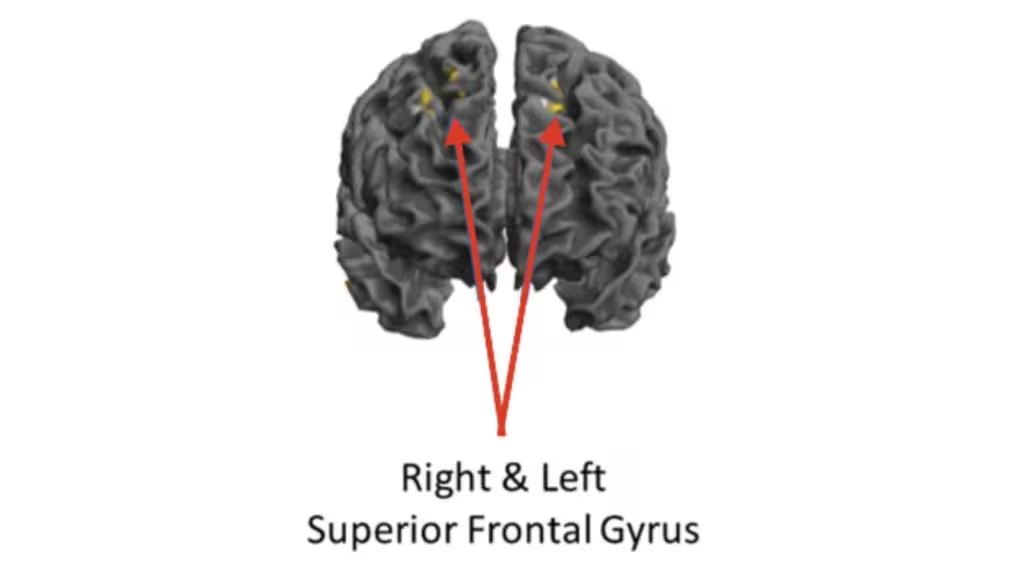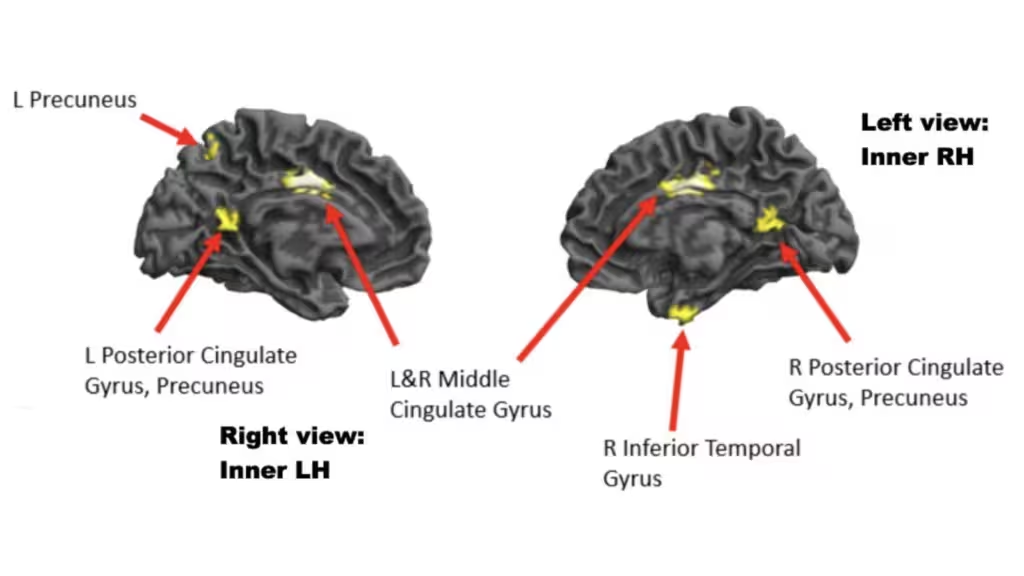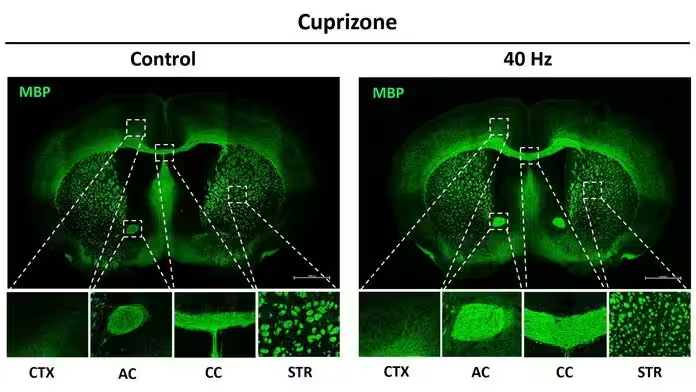Researchers from Drexel University in the United States found that expertise and letting go are key to achieving creative flow, especially in jazz musicians.
From Drexel University 13/08/24 (originally released 03/24)

Effortless, enjoyable productivity is a state of consciousness prized and sought after by people in business, the arts, research, education and anyone else who wants to produce a stream of creative ideas and products.
That’s flow, or the sense of being “in the zone.”
A new neuroimaging study from Drexel University’s Creativity Research Lab is the first to reveal how the brain gets to the creative flow state.
The study isolated flow-related brain activity during a creative task: jazz improvisation.
The findings reveal the creative flow state involves two key factors: extensive experience, which leads to a network of brain areas specialized for generating the desired type of ideas, plus the release of control – “letting go” – to allow this network to work with little or no conscious supervision.
Led by John Kounios, PhD, professor in the College of Arts and Sciences and Creativity Research Lab director, and David Rosen, PhD, a recent graduate from the College and Johns Hopkins University postdoc – the team determined their results suggest that creative flow can be achieved by training people to release control when they have built up enough expertise in a particular domain.
“Flow was first identified and studied by the pioneering psychological scientist Mihaly Csikszentmihalyi,” said Kounios.
“He defined it as ‘a state in which people are so involved in an activity that nothing else seems to matter; the experience is so enjoyable that people will continue to do it even at great cost, for the sheer sake of doing it.’”
Kounios noted that although flow has long been a topic of public fascination as well as the focus of hundreds of behavioral research studies, there has been no consensus about what flow is.
Their new study decided between different theories of how flow is involved when people produce creative ideas.
Theory: Is Flow a State of Hyperfocus?
One view is that flow might be a state of highly focused concentration or hyperfocus that shuts out extraneous thoughts and other distractions to enable superior performance on a task.
A related theory based on recent research on the neuroscience of creativity is that flow occurs when the brain’s “default-mode network,” a collection of brain areas that work together when a person daydreams or introspects, generates ideas under the supervision of the “executive control network” in the brain’s frontal lobes, which directs the kinds of ideas the default-mode network produces.
Kounios likened it to the analogy of a person “supervising” a TV by picking the movie it streams.
Alternative Theory: Flow is Expertise Plus Letting Go
An alternative theory of creative flow is that through years of intense practice, the brain develops a specialized network or circuit to automatically produce a specific type of ideas, in this case musical ones, with little conscious effort.
In this view, the executive control network relaxes its supervision so that the musician can “let go” and allow this specialized circuit to go on “autopilot” without interference.
The research team said the key to this notion is the idea that people who do not have extensive experience at a task or who have difficulty releasing control will be less likely to experience deep creative flow.
The study’s results support the “expertise-plus-release” view of creative flow.

The researchers tested these competing theories of creative flow by recording high-density electroencephalograms (EEGs) from 32 jazz guitar players, some highly experienced and others less experienced.
Each musician improvised to six jazz lead sheets (songs) with programmed drums, bass and piano accompaniment and rated the intensity of their flow experience for each improvisation.
The resulting 192 recorded jazz improvisations, or “takes,” were subsequently played for four jazz experts individually so they could rate each for creativity and other qualities.
The researchers then analyzed the EEGs to discover which brain areas were associated with high-flow takes (compared to low-flow takes).
The high-experience musicians experienced flow more often and more intensely than the low-experience musicians.
This shows that expertise enables flow.
However, expertise is not the only factor contributing to creative flow.
The EEGs showed that a high-flow state was associated with increased activity in left-hemisphere auditory and touch areas that are involved in hearing and playing music.
Importantly, high flow was also associated with decreased activity in the brain’s superior frontal gyri, an executive control region.
This is consistent with the idea that creative flow is associated with reduced conscious control, that is, letting go (see Figure 2).
This previously hypothesized phenomenon has been called “transient hypofrontality.”
For the high-experience musicians, flow was associated with greater activity in auditory and vision areas.
However, they also showed reduced activity in parts of the default-mode network, suggesting that the default-mode network was not contributing much to flow-related idea generation in these musicians (see Figure 3).
In contrast, the low-experience musicians showed little flow-related brain activity.
“A practical implication of these results is that productive flow states can be attained by practice to build up expertise in a particular creative outlet coupled with training to withdraw conscious control when enough expertise has been achieved,” said Kounios.
“This can be the basis for new techniques for instructing people to produce creative ideas.”
Kounios added, “If you want to be able to stream ideas fluently, then keep working on those musical scales, physics problems or whatever else you want to do creatively—computer coding, fiction writing—you name it.”
“But then, try letting go.”
“As jazz great Charlie Parker said, ‘You’ve got to learn your instrument. Then, you practice, practice, practice. And then, when you finally get up there on the bandstand, forget all that and just wail.’”

More info
You may also be curious about:
-

Solar panel sun hat for on-the-go charging
-

Transformable mini EV
-

Bacteria encode hidden genes outside their genome – do we?
-

Study reveals ways in which 40Hz sensory stimulation may preserve brain’s ‘white matter’
-

Spinning ‘cogs’ river cleaning system collects plastic 24/7
-

Greenland 200m megatsunami led to week-long oscillating fjord wave
-

The pedal-less e-bike with chunky attitude
-

‘Hearing’ temperature: Uncovering a hidden human ability to perceive temperature through sound
-

Zero-tangle dual dog leash with 360 swivel action
-

New X-ray imaging world record shows microchip with 4 nanometre precision
-

Mayonnaise helps researchers dig deeper into stability challenges of nuclear fusion

